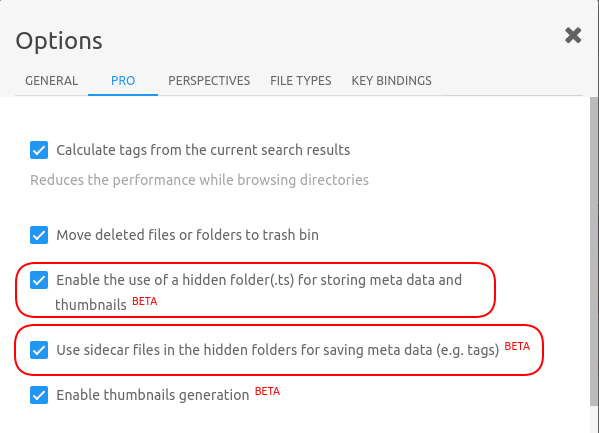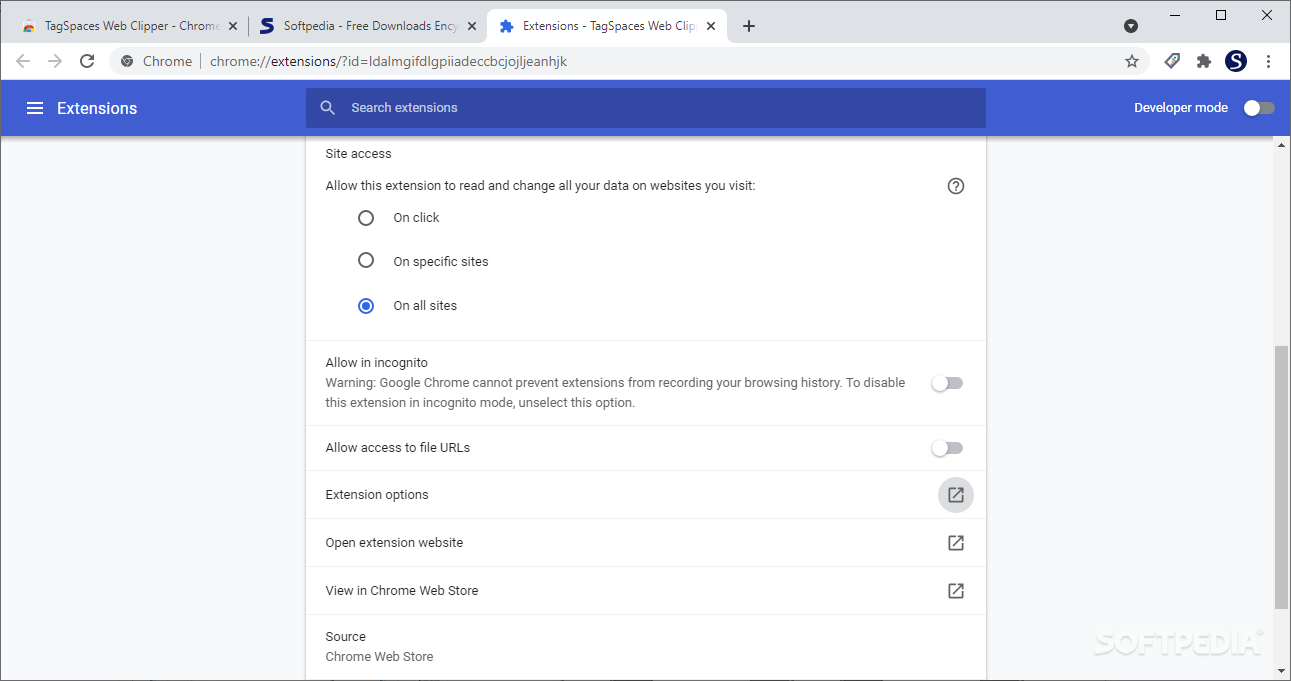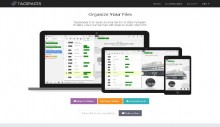

- MIMICKING TAGSPACES ON CHROMEBOOK MAC OS
- MIMICKING TAGSPACES ON CHROMEBOOK INSTALL
- MIMICKING TAGSPACES ON CHROMEBOOK FULL
- MIMICKING TAGSPACES ON CHROMEBOOK REGISTRATION
- MIMICKING TAGSPACES ON CHROMEBOOK ANDROID
Web Clipper for saving web pages and screenshots from your browsers is also available as extension for Firefox and Chrome. Cross-platform: TagSpaces runs on Windows, Linux, Mac and Android. To-Do Management - with the help of the build in HTML editor you are able to create simple todo lists in every HTML file. Note Taking - you can create and edit notes in plain text, markdown and html file formats. No-Cloud: TagSpaces is running completely offline and serverless on your laptop, desktop or tablet and does not require an internet connection and any kind of online registration or service provider. Media player - It supports playing for common audio and video files types and has integrated basic media player functionalities. Browser for local content - TagSpaces can be used just as browser for your local photos or navigation thought your local ebook library. Searching - The search functionality supports fuzzy functionality and can filter your locations for files and folders containing one or more tags. The default one embeds the tags directly in the name of the file, the other one uses a so called sidecar files for persisting the tags. File tagging - The application supports two ways for tagging files. File and folder management - TagSpaces provides a convenient user interface for browsing, viewing and man files and folders. You can find the latest release of TagSpaces in the Github release sectionĪ full list of the changes is available in the changelog
Issues Tracker for developer support requests. It is made from a pretty old application version but it is still valid for the most of the use cases. Video Introduction - This is a short video presenting the main concepts of the application. 
Documentation for our latest generated documentation.Website - official web site of the project.More information about can be found from the following sources: We provide a web clipper extension for Firefox, Edge and Chrome for easy collecting of online content in the form of local files.
The application is available for Windows, Linux, Mac OS and Android. It features advanced note taking functionalities and some capabilities of to-do apps.
Once it completes, a Linux terminal will open on your computer.TagSpaces is a free, no vendor lock-in, open source application for organizing, annotating and managing local files with the help of tags. Wait while Linux installs on your computer. A popup window will appear asking if you want to install Linux.Click the “Turn on” button to turn this setting on.

“Linux - Run Linux tools, editors, and IDEs on your Chromebook”.
You should now see a section that says:. Next, near the bottom of your main settings menu, you will see a little penguin next to an option that says “Linux (Beta)”. Click “Check for updates” to install any necessary updates to your computer. This will open a section with a “Check for updates” button. At the bottom of your settings menu, you’ll see an “About Chrome OS” option.Ĭlick on “About Chrome OS”. Before we set up your Linux environment, let’s make sure your Chromebook is up to date. If you don’t see this, click on your clock to find the gear to open the “Settings” menu. First, click on the gear icon in your taskbar to open the “Settings” menu. We will use this to download languages, libraries, and IDEs (Integrated Development Environments). In order to run many of your programs, we’ll need to have Linux set up so we can have access to a Linux terminal. This process will involve some settings and features you may not have used before. If you did not find your Chromebook on that list, and it was launched before 2019, unfortunately, we don’t have setup instructions for you yet! We will be creating some soon. If you found your Chromebook on that list, skip to “Setting Up Your Linux Environment” below. Yes, it was launched before 2019: If it was launched before 2019, please check this article to see if your Chromebook is listed. No, it was launched after 2019: Skip to “Setting Up Your Linux Environment” below. Was your Chromebook Launched Before 2019? Do you have a Chromebook? Are you looking to write code locally or do a Codecademy off-platform project? Then you’ve come to the right place!įirst, let’s start with a few questions to determine what set of instructions you should follow.







 0 kommentar(er)
0 kommentar(er)
